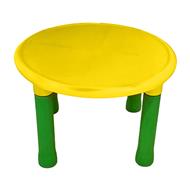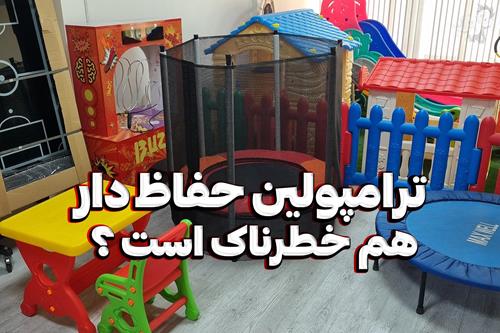




Air hockey on the table is an exciting and fun sport

Introducing the game Hand Speed or Handix

The prominent role of video game consoles in the evolution of amusement parks
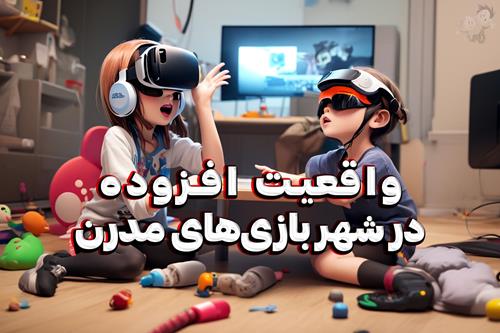
Augmented reality in the city of modern games

Park and outdoor products - beauty, safety and entertainment in the field of playground equipment
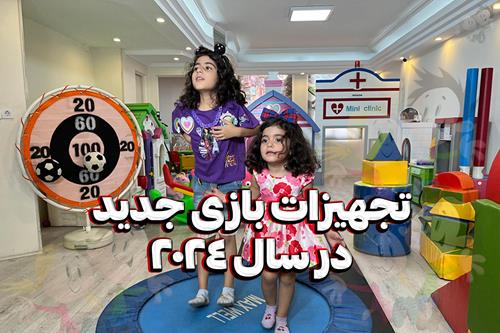
New playground equipment, a look at the latest technologies in 2024

Kindergarten teacher training complete guide

Kindergarten equipment is a complete guide to providing a safe and educational environment for children
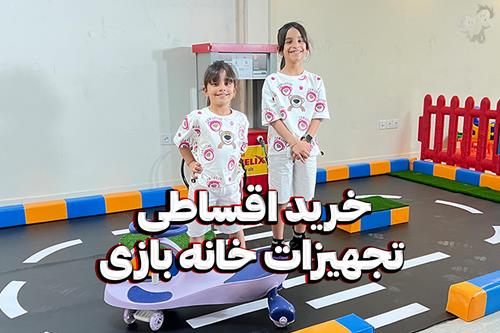
Installment purchase of playhouse and kindergarten equipment, advantages and disadvantages
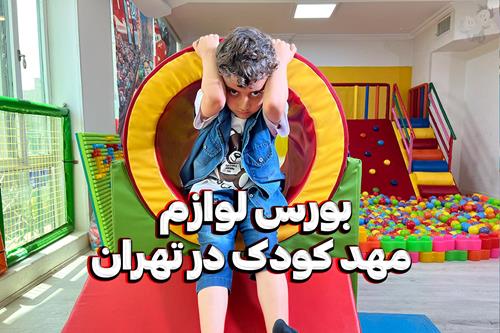
Kindergarten supplies exchange in Tehran
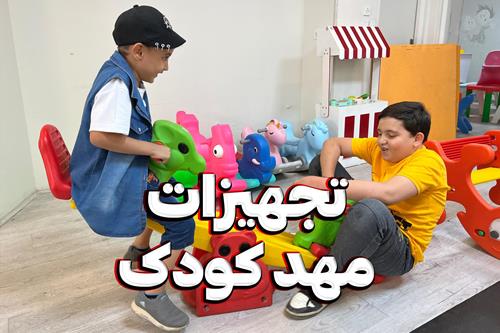
Kindergarten equipment and supplies
6 things you can do today to protect your children from omicron
no equivalent
If Omicron has you down, here's what you can do to ride the wave safely.
In the ongoing epidemic, Omicron's infectiousness means that more children and families are exposed. But that doesn't mean we can't be prepared. Here are some things you can do to protect your children and your community amid the Omicron rise.
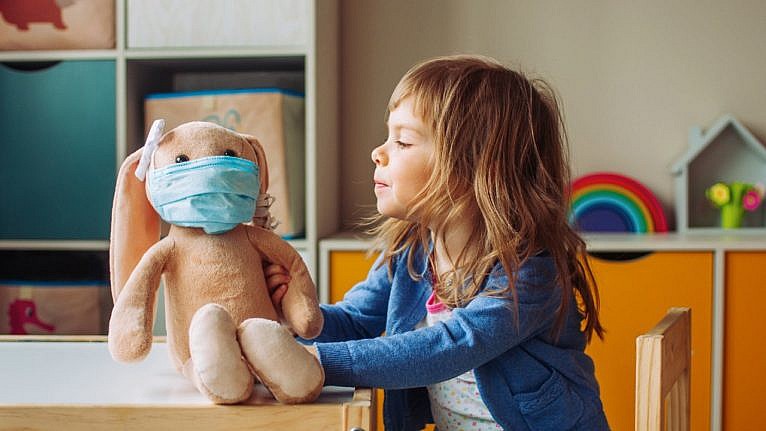
Vaccinate your children if they are eligible
"Vaccination is currently the most effective intervention for reducing the severity of COVID-19 infections and preventing complications, including multisystem inflammatory syndrome, in children," says Jennifer Cowan, MD, a family physician in Burlington, Ontario. MIS-C is a rare but serious inflammatory disease that can be life-threatening, and unvaccinated children who contract COVID-19 are at greater risk. In children, covid-19 infections may cause new onset diabetes or prolonged covid symptoms.
While some parents have been hesitant to vaccinate their children — even if they themselves have been vaccinated against Covid-19 — the benefits of vaccination exponentially outweigh the risks, says Janine McCready, an infectious disease specialist in Toronto. In the United States, we have now seen 8.7 million doses in the 5-11 age group with very low rates of any serious adverse events. 12 cases of myocarditis were reported, and by reviewing the data, none had been hospitalized and 8 had fully recovered. In Canada, approximately 500,000 doses of the vaccine have been administered to children 5 to 11 years of age to date with no reports of severe reactions and no hospitalizations as a result of the vaccine.
McCready emphasizes that for every other person protected by the vaccine — children and adults alike — the risk to the community around them is reduced. This can help keep the elderly, pregnant women and infants, immunocompromised people, children under 5 who cannot be vaccinated, and other high-risk groups safe. "If the pregnant mother is not vaccinated, there is a much greater risk for her and the fetus. Vaccinate those around you, especially if you have young children at home or are pregnant."
Increase your child's second dose
The National Advisory Committee on Immunization (NACI) officially recommends 8 weeks between the first and second doses of the Covid-19 vaccine for the age group of 5 to 11 years. However, the second vaccine is approved by Health Canada after only 21 days, as this was the time interval used in the study. The rationale for waiting eight weeks is that there is evidence in adults that it may lead to longer immunity to the virus and a reduced chance of myocarditis (a rare, treatable side effect). However, many parents (including some medical professionals) have chosen to book a second dose after 21 days to give their children a higher level of protection when they return to class.
So, when should you book that second shot for your school-aged child? "That's a good question," McCready admits. "In terms of long-term protection, eight weeks makes sense — but in the midst of this Omicron increase, it also makes sense for families to want to get that second dose sooner." Both options are safe for kids, he says, and the risks and benefits aren't astronomically different, so he's not advocating one strategy over the other.
However, not all states allow parents to shorten the interval between photos, so this option is not available to all families. In some provinces, such as Ontario, parents can request a shorter interval between doses, but must agree to a shorter schedule.
Upgrade your children's masks
McCready explains that masks are a key layer of prevention, but recommending a specific mask for children is difficult for several reasons. "The challenge is that it's a big equity issue," he says. For most families, buying an N95 is not even a remote possibility. Therefore, it is difficult to give it as a general recommendation.
It's also important to remember that fit is key. For example, an N95 that is too big for your child's face will not be useful. That said, a proper N95 or KN95 can provide good protection. (If you want to explore N95 or KN95s for your child, we have a list of retailers here that sell children's versions.)
A medical mask (those blue surgical masks we're familiar with now) is also a good choice if it fits well (here's a good resource if you're not sure how it should fit). If these options are not available to your family or do not work well for your child, a three-ply cloth mask with a disposable filter is a great option. Many retailers that sell cloth masks sell disposable filters that fit their products, and generic options are available through many health and safety stores. You can also layer masks — for example, layering a cloth mask over a medical mask to help it fit better — or adjust the straps as needed.
"The best mask is one that they can hold, they can put it back on after a snack, and it should fit well," says McCready. Every mask provides some protection and support, and that's the tipping point in the classroom.” Meaning the more high-quality, well-fitting masks kids have, the better off everyone in that classroom is.
This government website is a good resource for evaluating the quality of your child's mask.
Use quick tests if you have access to them
PCR testing is no longer available to all Canadians, which has put rapid antigen tests (RATs) in high demand. That said, rapid tests are expensive to buy, and getting a free RAT in certain provinces can be challenging (let alone have a steady supply).
If you have rats available, they can be helpful in identifying or confirming cases of COVID-19 at home. They are easy to use, even for children, and can be a great preventative tool by identifying cases and preventing community spread. A positive result should be read as a true positive, while a negative test just means that there isn't a high level of COVID-19 viral load at that point in time (basically, you don't have the virus or you have it, But it is too early to read accurately). Knowing this, performing two rapid tests 24 hours apart will give a more accurate result than a single test.
You may have seen doctors and epidemiologists on social media encouraging people to clear their throats as well as their nasal cavities when taking a quick test. While no study has been conducted on the effect of this strategy on Omicron detection, it may work. "There was a study with PCR swabs using a saliva and nasal sample, and it detected the virus earlier, so that's plausible, but anecdotally, we hear it works," McCready says.
Limit close contact outside of school and work
A few months ago, it felt like we were on our way out of the pandemic—the number of cases was significantly lower, vaccination uptake was good, and people felt comfortable gathering again. However, Omicron has thrown us all for a curve, forcing individuals and families to reevaluate what they're comfortable with — and how best to protect themselves and their loved ones.
"The risk is a gradient that increases with the number of social contacts and the duration of the interaction," Cowan notes. It is also combined with vaccination status, adequate coverage, ventilation, type of activity and prevalence of COVID-19 in the local community. For example, a prolonged group sports activity indoors carries a much higher risk than walking, masked, and outdoors.
After months of isolation from our loved ones, it can be hard to cut back on good times and close calls. Unfortunately, this is what may be needed (temporarily!) to defeat this wave. "When I think about my first and foremost priorities are my family and keeping them in school and minimizing disruption," McCready said. "It's not going to last forever and this is the most spread in the community that we've had so far in this pandemic, so if people can limit their contact outside of school, it minimizes school entry. "
So what about play dates, extracurriculars, and other unnecessary activities? "Omicron is incredibly contagious and I think it's time to hold off on game shows and away programs for a few more weeks," McCready said, stressing that this is a temporary situation. "Right now the spread is out of control and we really need to make school a priority for once. If everyone in your community does that, school or child care will be safer."
Be prepared for illness
No matter how careful parents are, some kids will get COVID-19. Knowing this, it makes sense to have some supplies available at home to help combat the symptoms of the virus. Cowan recommends contacting your family doctor or pediatrician if your child has symptoms, and reminds parents to watch for "red flag" symptoms that require immediate medical attention. These include difficulty breathing, decreased fluid intake, lethargy, dehydration, persistent high fever, confusion, and severe vomiting or diarrhea.
Fortunately, most cases can be treated at home. "In most children, especially if they've been vaccinated, Covid is usually mild and short-lived," McCready says. "If they've had one dose of the vaccine, they're likely to bounce back quickly." She recommends carrying some Pedalite to keep kids hydrated, in addition to regular fever reducers like Tylenol or Advil. If your child has a sore throat, honey is an excellent source of relief for children over 1 year of age. Cough syrup and lozenges are not ideal for young children, whether they have covid-19 or a simple cold.
McCready also stresses that parents should know where to go if they have concerns. “Can you make a virtual appointment with your doctor or emergency room? Where can you take them if they get sick and you are worried? "It's rare for kids to get seriously ill, but we've seen it happen and we want parents to know how to deal with it."
This is a lot for parents to take in, but remember that this pandemic will end. And until then, there you have it.
Author and translator: Ali Asghar Alizadeh
Source of website www.todaysparent.com




 Category
Category
